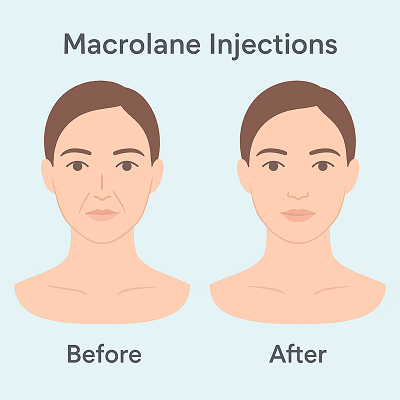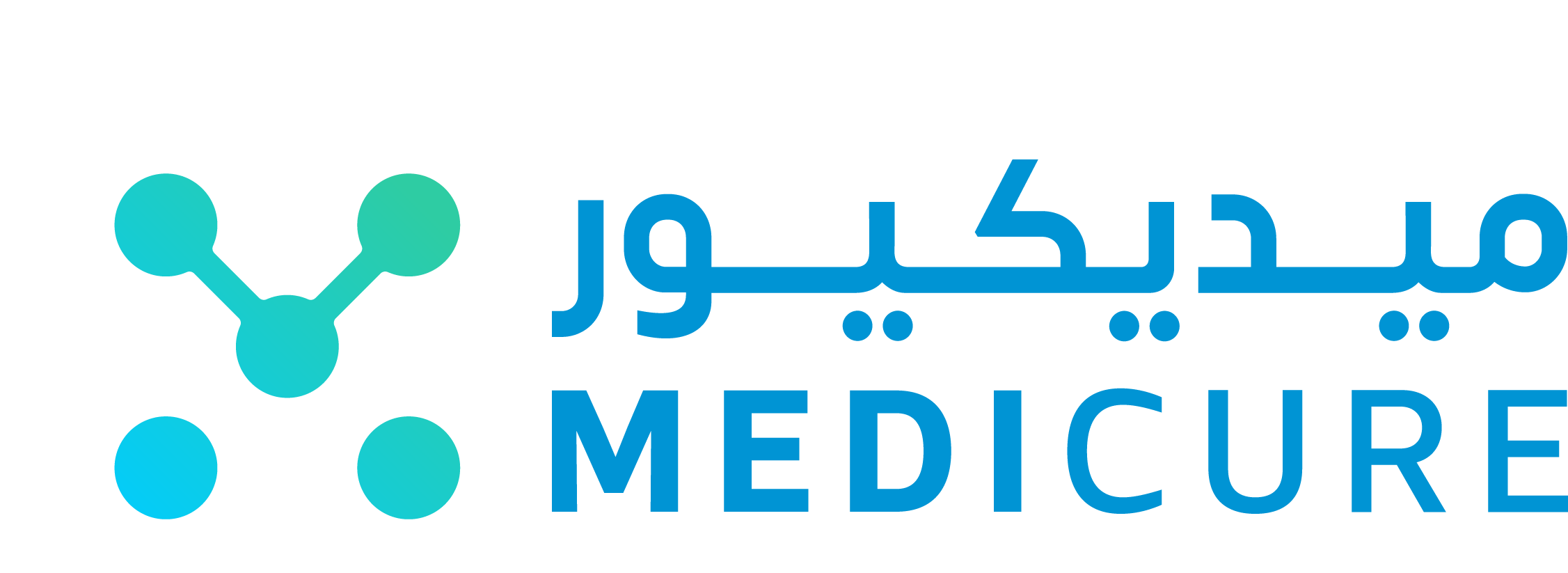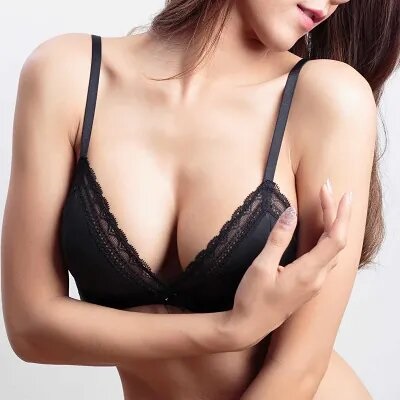
Are you considering body enhancement but feel overwhelmed by conflicting information about non-surgical options? The aesthetic industry has witnessed revolutionary developments in volumizing treatments, yet critical details about Macrolane injections remain buried beneath marketing hype and incomplete information.
Macrolane injections represented a groundbreaking approach to non-surgical body contouring, offering dramatic volume enhancement for breasts, buttocks, and other body areas without invasive surgery. However, the complete story involves crucial facts that every potential patient deserves to understand fully.
This comprehensive analysis reveals essential insights about Macrolane’s history, effectiveness, safety profile, and current status in aesthetic medicine. Professional practitioners and industry experts have shared candid perspectives that illuminate both the remarkable potential and significant limitations of this innovative treatment approach.
- Understanding Macrolane Injections: The Complete Scientific Overview
- The Rise and Controversial History of Macrolane
- Before and After Macrolane Injection Results
- The Science Behind Macrolane’s Complications
- Current Status and Regulatory Landscape
- Lessons Learned: Impact on Aesthetic Medicine
- Modern Alternatives to Macrolane Injections
- Making Informed Decisions About Body Enhancement
- FAQs about Macrolane Injections
- Is Macrolane Still Available for Treatment?
- What Were the Main Safety Concerns?
- How Long Did Macrolane Results Last?
- What Alternatives Exist for Non-Surgical Body Enhancement?
- Why Did Practitioners Stop Using Macrolane?
- Can Previous Macrolane Treatments Cause Long-Term Problems?
- Are Macrolane injections safe?
- How often do treatments need to be repeated?
- Can Macrolane improve skin elasticity?
- How is Macrolane different from traditional dermal fillers?
- Can Macrolane be used on the face?
- Conclusion
Understanding Macrolane Injections: The Complete Scientific Overview
Macrolane was developed by Q-Med (now part of Galderma) as a revolutionary volumizing gel designed specifically for body contouring applications. Unlike traditional dermal fillers formulated for facial use, Macrolane contained stabilized hyaluronic acid in much larger particle sizes, specifically engineered for deep tissue injection and substantial volume enhancement.
The product utilized NASHA (Non-Animal Stabilized Hyaluronic Acid) technology, creating a biodegradable gel that could provide temporary but significant volume increases in targeted body areas. This innovative approach promised dramatic enhancement without surgical risks, extensive recovery periods, or permanent alterations to body structure.
Macrolane treatments typically involved injecting substantial volumes of gel directly into breast tissue, buttocks, or other areas seeking enhancement. The procedure could be completed in clinical settings under local anesthesia, offering an attractive alternative to traditional surgical augmentation methods.
The Rise and Controversial History of Macrolane
Initial Market Launch and Promise
When Macrolane launched in European markets, it generated tremendous excitement among patients seeking non-surgical body enhancement options. The treatment promised breast augmentation of 1-2 cup sizes, significant buttock enhancement, and body contouring results that lasted 12-18 months.
Early marketing emphasized the temporary nature of results as a benefit, allowing patients to “try before committing” to permanent surgical procedures. This positioning attracted countless individuals who desired enhancement but feared surgical risks or permanent changes they might later regret.
Safety Concerns and Market Withdrawal
However, clinical experience revealed concerning complications that ultimately led to significant market restrictions. Reports of lumps, granulomas, inflammatory reactions, and interference with breast cancer screening prompted regulatory agencies worldwide to reassess Macrolane’s safety profile.
In 2013, the European Medicines Agency suspended marketing authorization for Macrolane breast enhancement products due to safety concerns. Subsequently, many countries restricted or banned Macrolane use entirely, effectively ending its availability for body contouring applications.
Before and After Macrolane Injection Results

The Science Behind Macrolane’s Complications
Hyaluronic Acid Particle Size Issues
Macrolane’s large hyaluronic acid particles, while designed for volume enhancement, created unique challenges in body tissues. Unlike facial fillers with smaller particles that integrate smoothly, Macrolane’s substantial gel deposits could form discrete masses that felt unnatural or created visible irregularities.
Inflammatory Response Patterns
Clinical observations revealed that large-volume hyaluronic acid injections could trigger prolonged inflammatory responses in some patients. This reaction appeared related to the substantial foreign material burden placed on tissues, overwhelming normal absorption and remodeling processes.
Imaging Interference Complications
One of the most serious concerns involved Macrolane’s interference with breast cancer screening. The injected material could create shadows, distortions, or artifacts on mammograms and MRI scans, potentially masking tumors or creating false positive findings that led to unnecessary biopsies.
Current Status and Regulatory Landscape
Global Regulatory Actions
Regulatory agencies worldwide took decisive action regarding Macrolane safety concerns. The European Medicines Agency, FDA, Health Canada, and other authorities either suspended approvals, restricted use, or issued strong safety warnings that effectively removed Macrolane from cosmetic markets.
Professional Medical Society Positions
Leading plastic surgery and dermatology organizations issued position statements advising against Macrolane use for cosmetic body enhancement. These professional guidelines emphasized the unacceptable risk-benefit ratio and recommended safer alternative approaches for patients seeking body contouring.
Legal and Liability Implications
The Macrolane experience created significant legal precedents regarding informed consent, practitioner liability, and product manufacturer responsibilities. These cases continue influencing how new aesthetic treatments are evaluated, approved, and monitored for safety.
Lessons Learned: Impact on Aesthetic Medicine
Enhanced Safety Protocols
The Macrolane experience prompted significant improvements in aesthetic medicine safety protocols. Regulatory agencies now require more extensive clinical trials, longer-term safety monitoring, and stricter post-market surveillance for new injectable treatments.
Patient Education Standards
Medical professionals recognized the critical importance of comprehensive patient education regarding treatment risks, alternatives, and long-term implications. The Macrolane experience demonstrated how inadequate informed consent could lead to serious complications and patient dissatisfaction.
Innovation in Safer Alternatives
The demand previously met by Macrolane spurred innovation in safer body enhancement alternatives. Researchers and manufacturers focused on developing treatments with better safety profiles, more predictable outcomes, and reduced complication risks.
Modern Alternatives to Macrolane Injections
FDA-Approved Body Fillers
Several smaller-volume dermal fillers now offer FDA approval for specific body enhancement applications. These products undergo rigorous safety testing and provide more modest but safer enhancement options compared to large-volume injections like Macrolane.
Autologous Fat Transfer
Fat transfer procedures using patients’ own adipose tissue have become increasingly popular for body contouring. This approach offers natural results, excellent safety profiles, and permanent enhancement while avoiding foreign material complications.
Non-Invasive Body Sculpting
Advanced technologies including cryolipolysis, radiofrequency, and ultrasound treatments provide non-surgical body contouring without injection risks. While results differ from volume enhancement, these approaches offer safe, effective alternatives for many patients.
Surgical Enhancement Options
Traditional surgical procedures remain the gold standard for significant, permanent body enhancement. Modern techniques offer improved safety, natural results, and long-term satisfaction for patients seeking dramatic transformation.
Making Informed Decisions About Body Enhancement
Risk Assessment Considerations
When evaluating any body enhancement treatment, carefully assess potential risks, realistic outcomes, practitioner qualifications, and long-term implications. The Macrolane experience demonstrates how seemingly attractive options may carry hidden dangers.
Practitioner Selection Criteria
Choose board-certified practitioners with extensive experience in your desired treatment. Verify their training, credentials, and track record with specific procedures. Never compromise on practitioner qualifications to save money or time.
Alternative Treatment Evaluation
Thoroughly research all available options before committing to any treatment. Consider non-surgical alternatives, surgical procedures, and combination approaches that might better meet your goals with acceptable risk profiles.
FAQs about Macrolane Injections
What Were the Main Safety Concerns?
Clinical experience revealed several significant safety issues including formation of hard lumps or granulomas, inflammatory reactions, interference with mammography and breast cancer detection, migration of product to unintended areas, and long-term complications requiring surgical intervention in some cases.
How Long Did Macrolane Results Last?
When available, Macrolane results typically lasted 12-18 months, though individual experiences varied significantly. Some patients reported shorter duration, while others experienced longer-lasting effects. The large volume injections meant that even partial absorption could create noticeable changes in appearance.
What Alternatives Exist for Non-Surgical Body Enhancement?
Current alternatives include smaller-volume dermal fillers approved for specific body areas, fat transfer procedures using patient's own adipose tissue, non-invasive body sculpting technologies like CoolSculpting or radiofrequency treatments, and various surgical options for permanent enhancement.
Why Did Practitioners Stop Using Macrolane?
Medical professionals discontinued Macrolane use due to mounting safety concerns, regulatory restrictions, liability issues, and availability of safer alternative treatments. The risk-benefit profile became unacceptable when compared to other enhancement options.
Can Previous Macrolane Treatments Cause Long-Term Problems?
Some patients who received Macrolane injections continue experiencing complications years after treatment. These may include persistent lumps, inflammatory reactions, imaging interference, or aesthetic irregularities requiring corrective procedures. Regular monitoring remains important for previous recipients.
Are Macrolane injections safe?
Yes, they are considered safe with no long-term side effects when performed by qualified professionals.
How often do treatments need to be repeated?
Repeat sessions are usually needed every 12-18 months to maintain results.
Can Macrolane improve skin elasticity?
It can help improve skin firmness in the treated area.
How is Macrolane different from traditional dermal fillers?
Macrolane has a thicker consistency and is designed specifically for body contouring.
Can Macrolane be used on the face?
It is generally not recommended for facial use due to its thicker texture.
Conclusion
The Macrolane injection story serves as a crucial reminder that innovation in aesthetic medicine must always prioritize patient safety over marketing appeal. While the concept of non-surgical body enhancement remains attractive, the serious complications and regulatory actions surrounding Macrolane demonstrate the importance of thorough evaluation and conservative approaches.
Patients seeking body enhancement today benefit from safer alternatives developed in response to Macrolane’s shortcomings. Modern treatments offer more predictable results, better safety profiles, and comprehensive long-term monitoring that protects patient wellbeing.
Understanding the complete Macrolane story empowers informed decision-making about current and future body enhancement options. By learning from past experiences, patients and practitioners can work together to achieve aesthetic goals while maintaining the highest safety standards.






